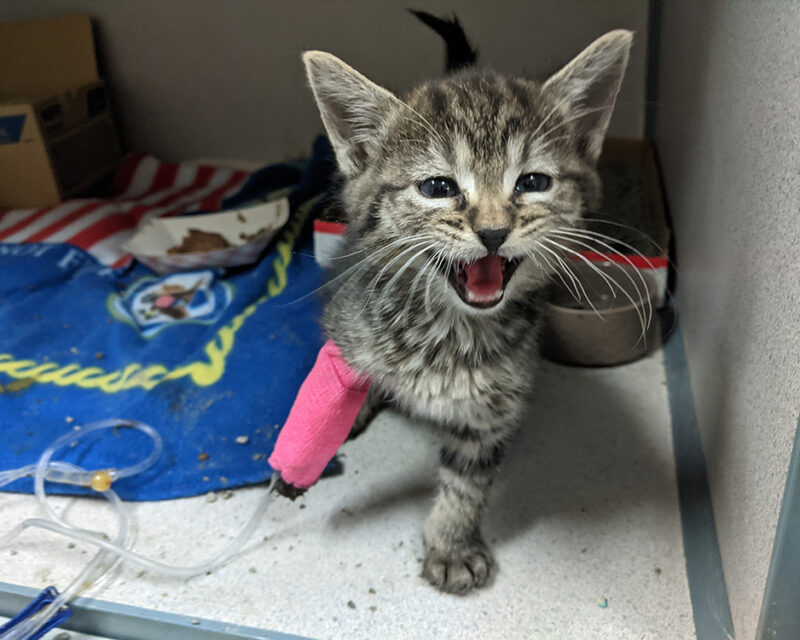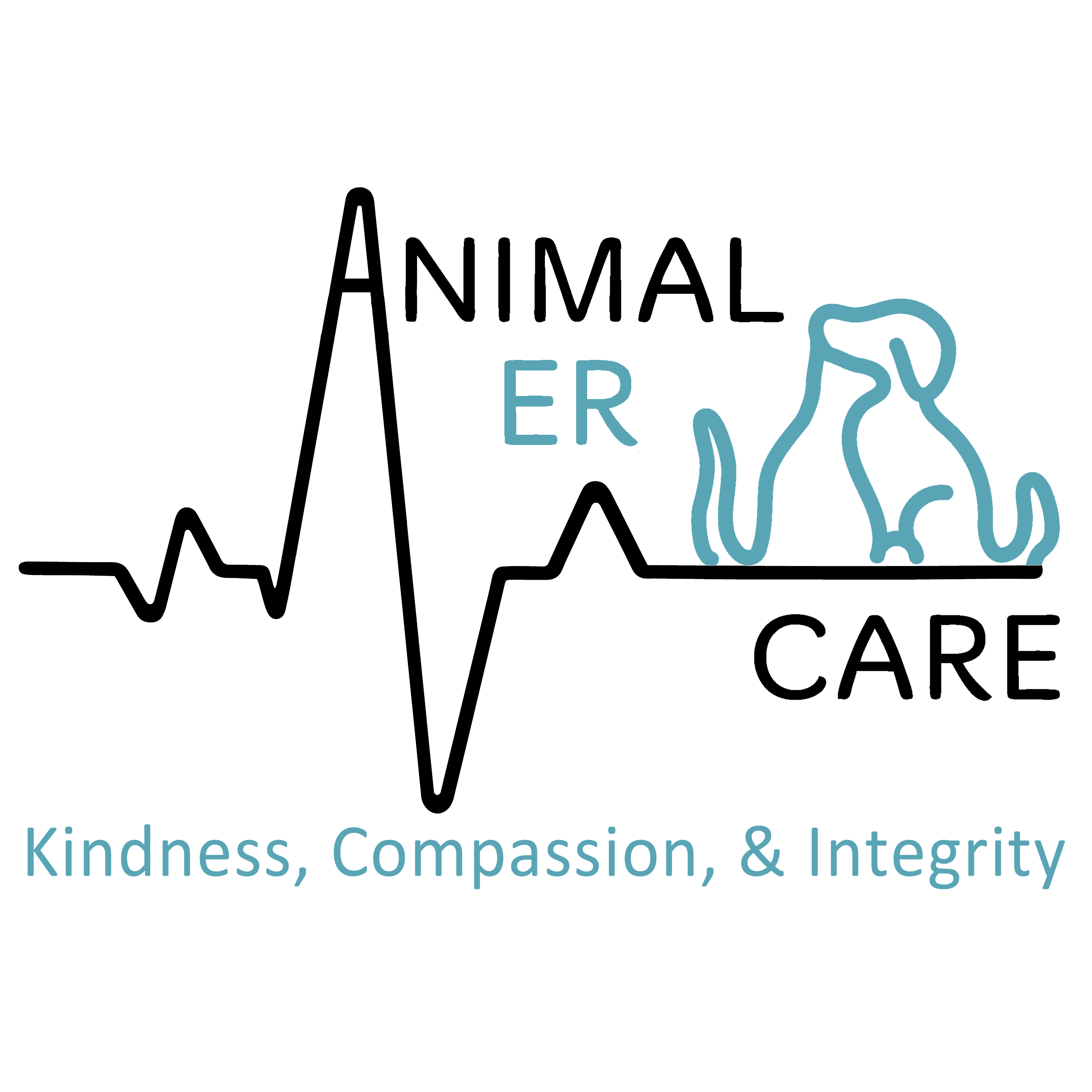
Puppies and kittens are as cute as can be, but they’re also at a higher risk to contract viruses while they’re young. It’s important to know about the dangers that Parvovirus can bring to dogs and Panleukopenia can bring to cats.
Katie Ynostroza, HSPPR’s Vet Assistant, discusses what these viruses are, how they spread, and how to prevent them from spreading to your pets at home.
What are they?
- Canine Parvovirus (CPV) is a highly contagious virus that commonly causes GI disease in unvaccinated dogs, particularly puppies under the age of six months old. Symptoms can include lethargy, anorexia, fever, vomiting, or diarrhea.
- Panleukopenia, or feline parvovirus (FPV), is a highly contagious, often fatal, viral disease of cats that is seen worldwide. Kittens are affected most severely. The word “panleukopenia” directly translates to “decrease in the number of white blood cells” and symptoms include depression, anorexia, high fever, vomiting, diarrhea, dehydration, and infected cats can often droop their heads over their water bowls, thirsty but unable to drink.
How are they spread?
- Parvovirus: Infection is acquired through direct oral or nasal contact with virus-containing feces or indirectly through contact with virus-contaminated fomites (i.e. environment, personnel, equipment). The virus is present in the feces for up to three weeks after infection. It is possible for recovered dogs to also serve as carriers. CPV can persist indoors at room temperature for at least two months and outdoors for possibly years if protected from sunlight.
- Panleukopenia: During the initial phases of the illness, the virus is abundant in all secretions and excretions of infected cats including saliva, tears, urine, and feces. Cats are infected through the mouth and nose by exposure to infected animals, their feces, their secretions, or inanimate objects harboring the virus. It can persist for one year at room temperature in the environment if protected in organic material (i.e. feces, urine, blood, respiratory secretions, and dirt). Being highly resistant to inactivation, parvoviruses can be transported long distances via fomites (i.e. shoes or clothing).
How can you prevent the viruses from affecting your pets?
Avoid public areas with your unvaccinated pet where the vaccine history of other pets is not known. Pet stores and dog parks can wait till your pet is old enough and fully vaccinated.
HSPPR’s Wellness Waggin’ is a mobile veterinary clinic that offers low-cost wellness exams and vaccination services to the community. The goal of the Waggin’ is to keep community pets healthy so they can stay with the owners and out of the shelter. To make an appointment to vaccinate your pet on the Wellness Waggin’, check out the upcoming schedule here.
Cleaning/Disinfecting:
- Parvovirus: Household bleach (diluted to 1 part bleach to 30 parts water) or commercial products labeled for use against parvovirus can inactivate the virus by being applied to the area after cleaning.
- Panleukopenia: FPV can be destroyed by exposure to a 1:32 dilution of household bleach (6% aqueous sodium hypochlorite) for 10 minutes or more at room temperature. Accelerated hydrogen peroxide (marked under the name “Rescue”) kills parvo and panleukopenia at higher dilutions (10 minutes contact time at 1:32 or 5 minutes at 1:16). It is important that contaminated surfaces are thoroughly cleaned of organic material before disinfectants are applied.
- Remember to keep your pet away from the disinfecting area immediately after cleaning and keep your cleaning products stored somewhere safe where your pets can’t reach them.








